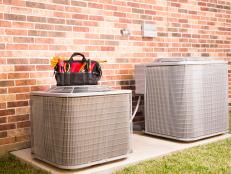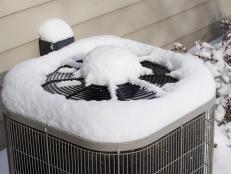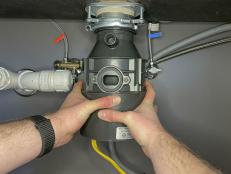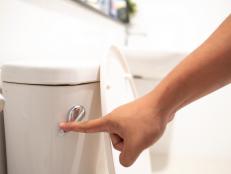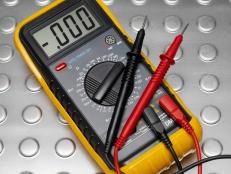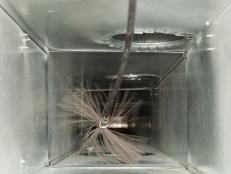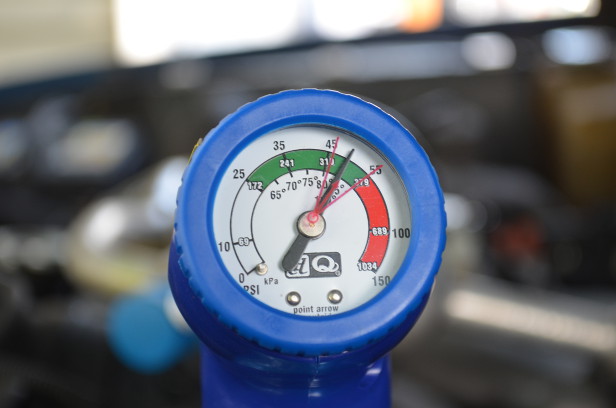How to Increase Your Home's Water Pressure
Don't let poor low water pressure in your house get you down. Take these steps to test water flow around your home and begin to identify the cause of the issue.

Low water pressure can affect many aspects of your home. You might notice that your washing machine or bathtub takes longer to fill, or that your garden hose lacks the water pressure to cast water deep into your flower beds. Showerheads may also be weak and water might seem to merely dribble from the sink faucets.
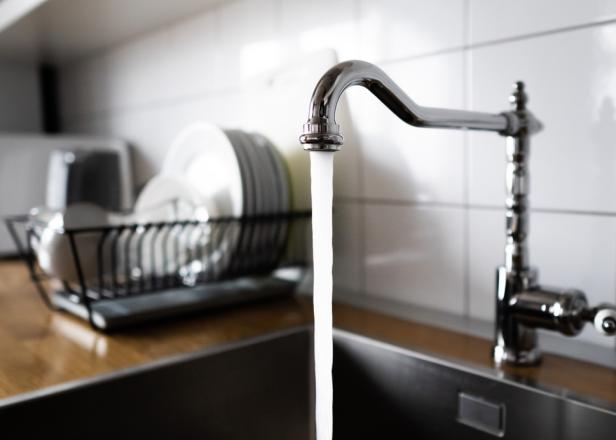
Shutterstock/Jin Odin
Changes in water pressure may happen suddenly or gradually over time. While it may take a little bit of investigation to identify the causes, it's usually easy and inexpensive to improve the water pressure in and around your home.
First, consider supply and demand. When the demand exceeds supply, such as when your bathtub is filling up at the same time you're also watering the garden, it might seem as if your home has low water pressure when it might not.
Talk to your neighbors about their water pressure. If you share water from your municipality, and they're also having the same issues, it can help you pinpoint whether service is causing a problem or it's solely your property. If you believe the water pressure issues are isolated to your house, continue troubleshooting by running simple tests around your home.
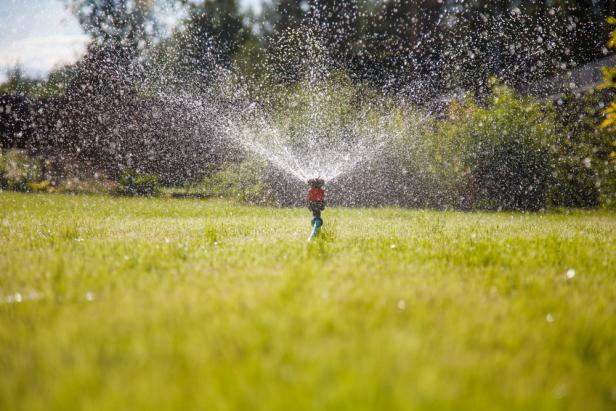
Shutterstock/Kateryna Yakovlieva
Test Your Home’s Water Pressure
Testing the water pressure and flow rate in your own home is easy and inexpensive. A water pressure test gauge can be purchased for a few dollars and fit onto an outdoor faucet. When you turn on the hose faucet, the needle dial on the gauge will read your home’s water pressure. A measurement of 40 to 60 pounds per square inch (PSI) is normal, but anything less than 40 PSI proves that your home has low water pressure and the reasons should be explored further. This initial test is a good way to baseline your water pressure.
This 2-1/2" gauge accurately measures water pressure and has brass nob with red pointer to monitor pressure fluctuations in the system.
If the water pressure is low and your home is connected to city water, contact your local municipality. They can run their own test to check the water pressure coming from the street into your house.
You can also help inform the municipality by checking the condition of the main pipe. Do this by shutting off all water sources as well as the water valve in your home and record the number on your water meter. Keep everything turned off and check the meter again in a few hours. If the meter reading increases, report this to the municipality so they can help validate if there’s damage to the main pipe from the road.
Some homes draw well water instead of municipal water. For these homes, water pressure issues can be caused by the well or the well pump. Whether you have a jet pump, submersible pump or a centrifugal well pump, it’s worth getting it inspected. A well-pump technician will check both the pump and the expansion tank for issues that may be affecting water pressure.
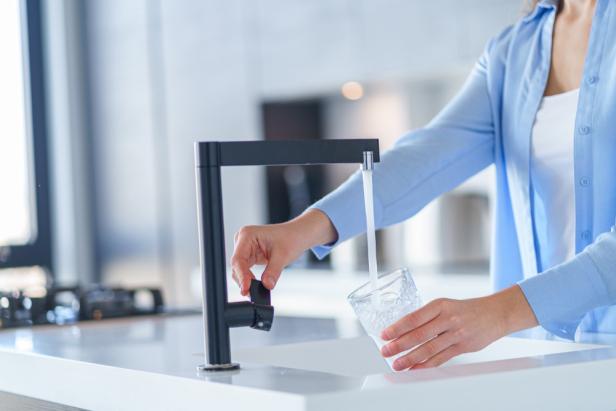
Shutterstock/goffkein.pro
Test Your Home’s Flow Rate
Water flow rate is another important factor that can cause a decrease in water pressure. The flow rate is a calculation of how many gallons of water per minute (GPM) is delivered through the pipes in a specific amount of time. You can do this test at home with no special equipment.
Turn off all faucets and appliances and connect a garden hose to an outdoor faucet. Line up three empty five-gallon buckets and set your stopwatch to 60 seconds. When you’re ready, turn the hose at full blast, start the countdown and begin filling the buckets. Stop after 60 seconds and measure how much water you’ve captured in the buckets. If your hose fills two-and-half buckets, then your home’s water flow rate is about 12-1/2 GPM.
Flow rate can be temporarily affected by appliances. If your washing machine was running and using five GPM and someone in your household was also demanding three GPM for their shower, it’s understandable how your system may be affected by demand. An ideal flow rate falls between 6 and 12 GPM. If your flow falls short, this is another good reason to call your local municipality or water well technician.
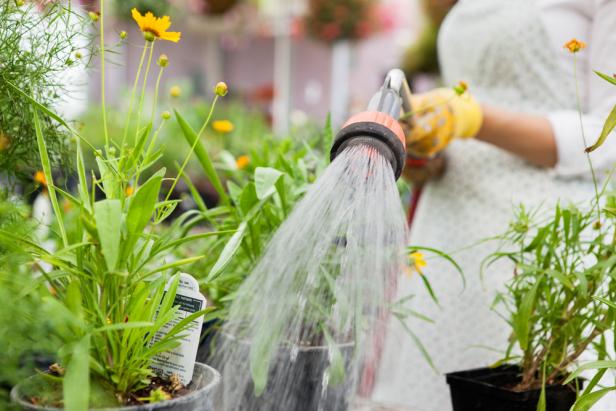
Shutterstock/Tyler Olson
How to Improve Your Water Pressure
Beyond testing water pressure and flow rate, there are a number of other things a homeowner can do to identify issues and improve water pressure in the home.
Check for Leaks
It’s harder for water to travel through damaged pipes. The easiest way to tell if damaged plumbing is affecting your water flow is to check for leaks. Inspect all visible pipes to look for moisture and signs of buildup or corrosion.
Galvanized steel pipes are particularly vulnerable to corrosion, while plastic or copper pipes are more resistant to damage. While it may be a costly upgrade, pipe replacements do more than increase water pressure. It will also reduce the chance of future leaks and reduce the risk of contaminated drinking water.
Check for Clogs
Over time, mineral deposits in hard water can build up and reduce water pressure. While clogs can happen anywhere in the pipeline, homeowners are most easily able to find and correct clogs in showerheads and sink faucets.
Performing a flow test on your showerhead is a great way to determine if your showerhead itself is the culprit for your lousy water pressure. Start by removing the showerhead and setting a stopwatch to 10 seconds. Hold a bucket directly beneath the shower arm and turn on the water for 10 seconds. If you collect between 1-1/3- and 1-2/3-gallons, your water pressure is normal, so it may be the showerhead that is clogged. Take the necessary steps to clean your showerhead. If the flow you collected in the bucket is less than that, clean or replace the shower valve itself.
How to Clean a Showerhead
Tackle blocked spray jets and mineral build-up on your bathroom showerhead with this deep-cleaning solution.
On a sink faucet or kitchen sprayer, the faucet aerator or water restrictor is nothing more than a thin mesh filter that disperses the water flow. The mesh can build up with mineral deposits over time. You can unscrew the end of your faucet or locate the filter just inside the spout and easily rinse it clean to improve water flow.
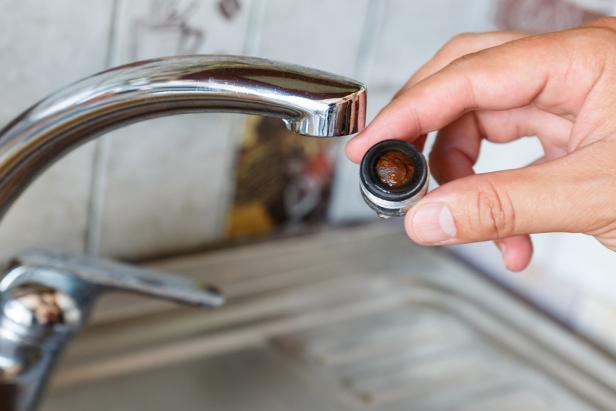
Shutterstock/ALEKSANDR TANNAGASHEV
Adjust the Pressure-Reducing Valve
A quick and easy way to increase water pressure is to adjust the pressure-reducing valve, which can be found in your home, usually close to your water meter.
If your pressure gauge reading was low, make slight adjustments to your regulator. The regulator will have an adjustment screw that can be turned clockwise to increase pressure. Start by making very small changes to the water pressure, and continue to test to see if your home’s water pressure improves.
For large adjustments, or if you have other concerns about your plumbing system, consult a plumber. Increasing your water pressure could put a strain on old pipes or accelerate wear in other areas in your home.
Install a Water Pressure Booster
If the municipal water or well-water flow is the problem, hire a licensed plumbing contractor to install a water-pressure booster pump. These powerful, electric pumps target incoming pressure and raise it to the proper level.
Booster pumps are sold in a wide variety of sizes, styles and prices to suit homes both big and small. A plumber should be able to recommend which pump is best suited for your home.
How to Drain a Water Heater
Extend your water heater's life span by draining the tank annually to remove any sediment that may have built up.












